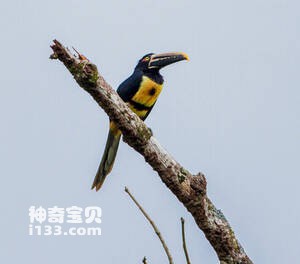
Pteroglossus sanguineus
Pteroglossus sanguineus,Stripe-billed aracari
Pteroglossus sanguineus or Stripe-billed aracari is a medium-sized climbing ···
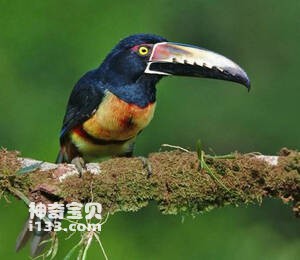
Pteroglossus torquatus
Pteroglossus torquatus,Collared Aracari
The Collared Aracari, Pteroglossus torquatus or Collared aracari, is a mediu···
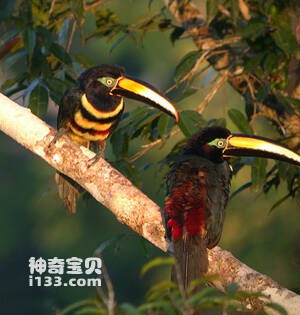
Pteroglossus pluricinctus
Pteroglossus pluricinctus,Many-banded Aracari
Its scientific name is Pteroglossus pluricinctus, and its foreign name is Ma···
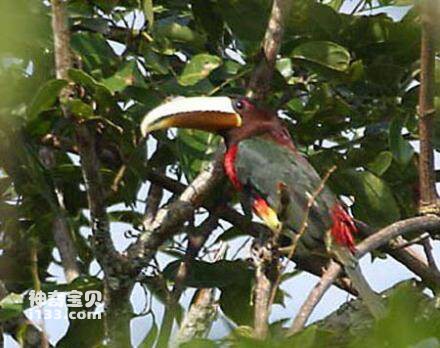
Pteroglossus castanotis
Pteroglossus castanotis,Chestnut-eared Aracari
Known as Pteroglossus castanotis or chestney-eared Aracari, it is named for ···
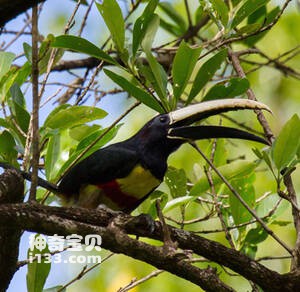
Pteroglossus aracari
Pteroglossus aracari,Black-necked aracari
The Black-necked tufted tucano, Pteroglossus aracari or black-necked aracari···
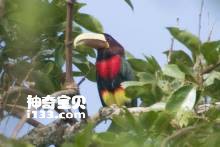
Pteroglossus mariae
Pteroglossus mariae,Brown-mandibled Aracari
The Brown-mandibled Aracari (Pteroglossus mariae) is a medium-sized climbing···
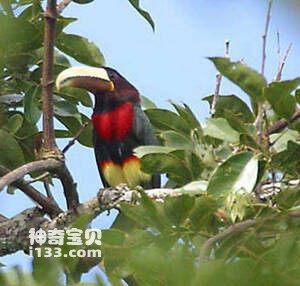
Pteroglossus azara
Pteroglossus azara,Ivory-billed aracari
The species has two subspecies, Pteroglossus azara and Ivory-billed aracari.···
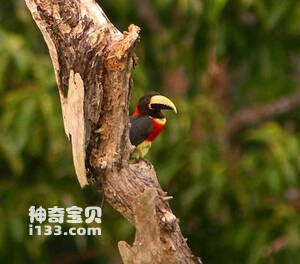
Pteroglossus bitorquatus
Pteroglossus bitorquatus,Red-necked aracari
The species has three subspecies: Pteroglossus bitorquatus and Red-necked ar···
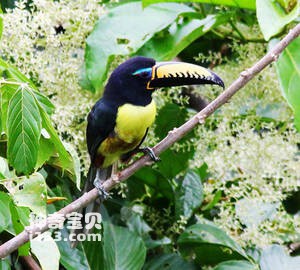
Pteroglossus inscriptus
Pteroglossus inscriptus,Lettered aracari
The Brazilian tufted tuccan has two subspecies, Pteroglossus inscriptus and ···
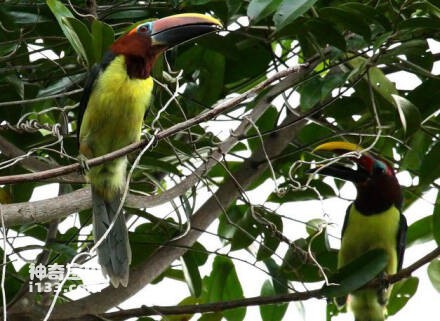
Pteroglossus viridis
Pteroglossus viridis,Green aracari
Pteroglossus viridis, Green aracari, is a medium-sized climbing bird.The gre···
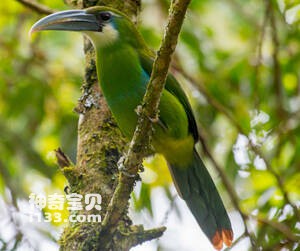
Aulacorhynchus coeruleicinctis
Aulacorhynchus coeruleicinctis,Blue-banded toucanet,Blue-throated toucanet
The scientific name Aulacorhynchus coeruleicinctis, or Blue-banded toucanet ···
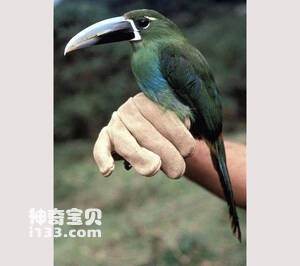
Aulacorhynchus huallagae
Aulacorhynchus huallagae,Yellow-browed Toucanet
Aulacorhynchus huallagae, Yellow-browed Toucanet, is a small and medium-size···
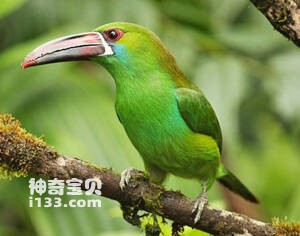
Aulacorhynchus haematopygus
Aulacorhynchus haematopygus,Crimson-rumped toucanet
Aulacorhynchus haematopygus, also known as Crimper-Rumped toucanet, has two ···
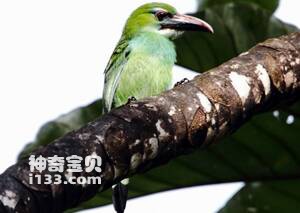
Aulacorhynchus whitelianus
Aulacorhynchus whitelianus,Tepui Toucanet
Aulacorhynchus whitelianus, also known as Tepui Toucanet, is unknown.Protect···
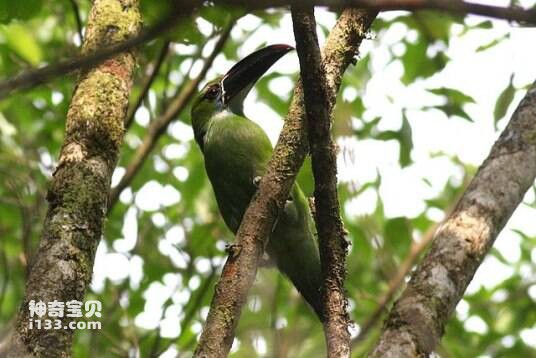
Aulacorhynchus derbianus
Aulacorhynchus derbianus,Chestnut-tipped toucanet
Aulacorhynchus derbianus (Chestnut tipped toucanet) is a medium-sized climbi···
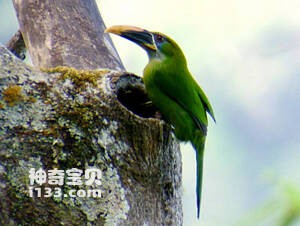
Aulacorhynchus sulcatus
Aulacorhynchus sulcatus,Groove-billed toucanet
Aulacorhynchus sulcatus, also known as Groove-billed toucanet, has three sub···
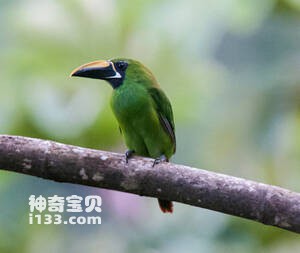
Aulacorhynchus atrogularis
Aulacorhynchus atrogularis,Black-throated toucanet
黑喉巨嘴鸟学名Aulacorhynchus atrogularis,外文名Black-throated toucanet,有3···
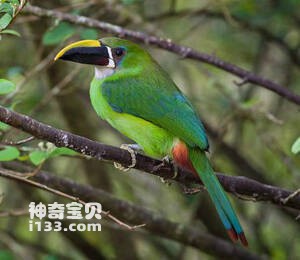
Aulacorhynchus albivitta
Aulacorhynchus albivitta,Southern Emerald-Toucanet
Aulacorhynchus albivitta, also known as Southern Emerald-Toucanet, has four ···
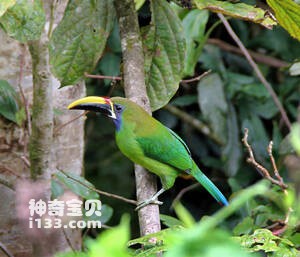
Aulacorhynchus caeruleogularis
Aulacorhynchus caeruleogularis,Blue-throated toucanet
Aulacorhynchus caeruleogularis, also known as Blue-throated toucanet, has tw···
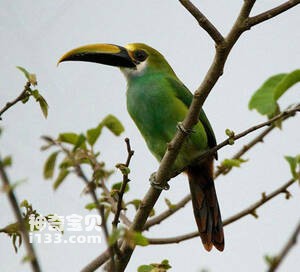
Aulacorhynchus wagleri
Aulacorhynchus wagleri,Wagler's toucanet
Aulacorhynchus wagleri, also known as Wagler's toucanet, is unknown.Prot···
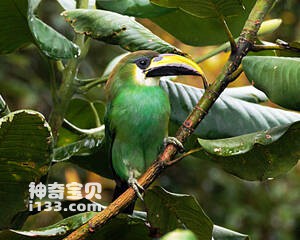
Aulacorhynchus prasinus
Aulacorhynchus prasinus,Emerald Toucanet
Aulacorhynchus prasinus, also known as Emerald Toucanet, has four subspecies···
